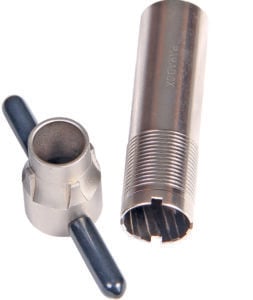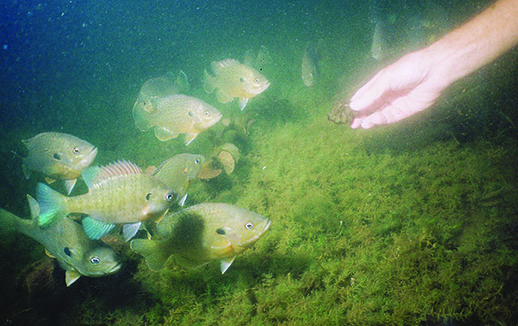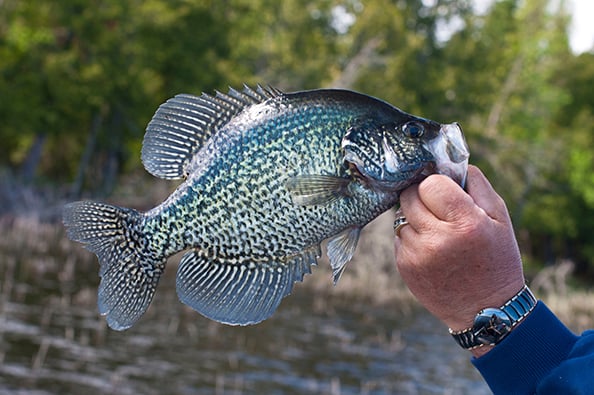Choosing the right choke for your shotgun – Outdoor News
In the simplest terms, choke controls the spread of shot out of your gun, more or less the way an adjustable nozzle controls the spray of water in a garden hose. That spray can be wide open or very small.
The right choke makes it easier to hit a target. It provides a broad enough pattern to hit with, while also ensuring you put enough pellets on target for a solid break or clean kill. Taking time to pick the choke for the wingshooting chore at hand is well worth the effort.
Choke nomenclature
Chokes have names, although they are also often referred to by their amount of constriction at the muzzle. Let’s look at most popular chokes and when to use them.
A cylinder choke has no constriction at all, and produces the widest patterns for short range uses like woodcock hunting or shooting quail in the brush over pointing dogs.
Skeet choke, about .005-inch constriction, is used for the close-range targets on a skeet field inside 25 yards.

Improved cylinder, or .010- inch, is a good all-around upland choke at ranges to 30 yards. It’s usually enough choke for most sporting clays shots, and a good choice for teal.
Light modified, or .015-inch, is popular among sporting clays shooters and for waterfowl over decoys. It is good to 35 to 40 yards.
Modified, or .020-inch, is good for wild-flushing upland birds, all-around waterfowl and some trap shooting out to 40 yards.
Improved modified, or .025-inch, is a popular trap choke and a great choice for pass-shooting waterfowl to 45 yards and more. And, it can shoot some large non-toxic pellets that might damage a tighter, full choke.
Full, or .030-inch, makes a great trapshooting choke and will break 16-yard and longerrange handicap targets.
Beyond full are several constrictions of extra-full, which can be as much as .075-inch constriction, and shoot super-tight patterns for turkeys and some predator hunting.
MORE COVERAGE FROM OUTDOOR NEWS:
Which trucks and SUVs offer the best off-road capabilities for your outdoor pursuits?
Patrick Durkin: Recent study offers detailed look at Wisconsin’s falling hunter numbers
Thinking of a new deer rifle? Good time to consider options in straight-walled calibers
Pattern testing
While a choke’s constriction is a good starting point, remember that choke is only one-third of a system made up of the choke, the barrel, and the ammunition you use. The only way to know for sure how that combination shoots is to pattern-test it.
To pattern a gun, you need a roll of paper. I use 36-inch wide contractor paper. I’ll unroll three feet and staple that to a plywood backstop. Make an aiming mark in the center with a Sharpie, back off to the distance you plan to shoot, and fire an aimed shot at the mark.
Because no two patterns are alike and there can be a lot of variation from one to the next, you should repeat the test from the same distance with the same load at least two more times (a total of five is better), using a fresh piece of paper each time. Be sure to write the choke, gun, load, and distance on each sheet.
What to look for in a pattern
Patterns are traditionally evaluated by the number and distribution of pellet strikes in a 30-inch circle. There’s good reason for that, as 30 inches is roughly the width of an effective pattern spread.
To evaluate your pattern, draw a 30-inch circle using the densest part as the center. You can use a string and a Sharpie, or make a beam compass by drilling a few holes big enough for the tip of a marker in a ruler and putting a nail or pin in one end.
Mark the holes and look for a pattern that’s not so dense in the center it will tear up game, nor so open that it’s too sparse for clean kills. You want to see enough pellets in the pattern’s outer fringe to help you hit the target if you point the gun slightly off target. Turkey patterns are the exception – there, the more pellets packed into the center, the better.
There will be gaps in any pattern. The so-called “even” pattern doesn’t truly exist, but some will have more gaps than others. If you don’t like what you see, try a different load or choke. As a rule of thumb, bigger shot and lower velocities produce denser patterns, while smaller shot and higher velocities make more open spreads.
A search for “Tom Roster’s non-toxic pellet lethality table” turns up an excellent chart printed by several state agencies in their hunting regs. It lists shot size recommendations for various upland and waterfowl species, as well as the minimum number of pellet strikes in a 30-inch circle necessary to put two to three vital hits on those birds. Those pellet-strike amounts apply to lead shot as well, where it’s legal.
Every gun, load and choke combination will shoot a little differently. Take the time to find out what chokes work best with the gun and shells you prefer, and you’ll be a more successful wingshooter.
Source: https://www.outdoornews.com/2024/05/31/choosing-the-right-choke-for-your-shotgun/






